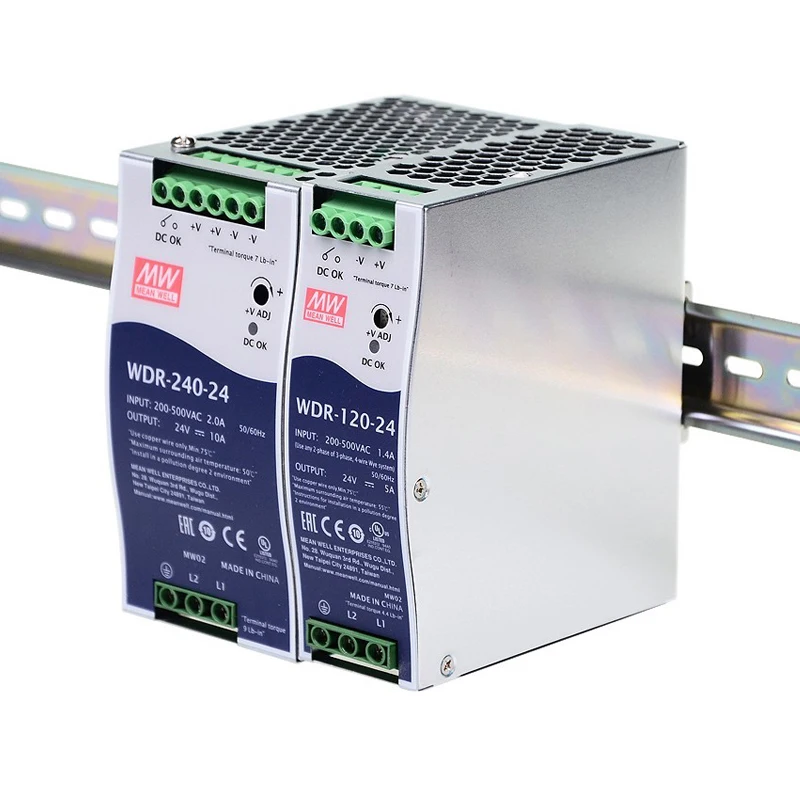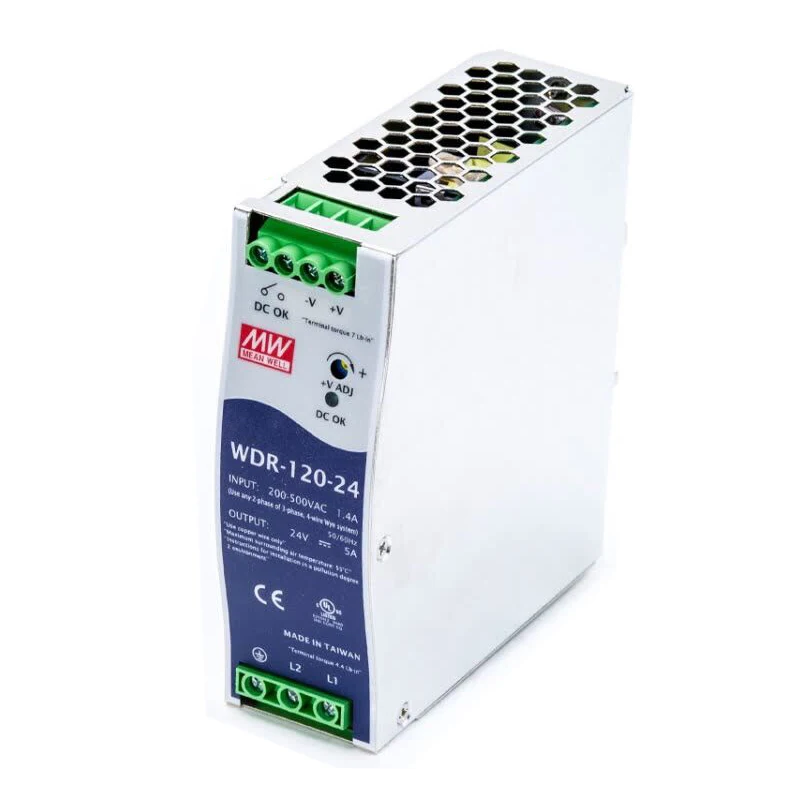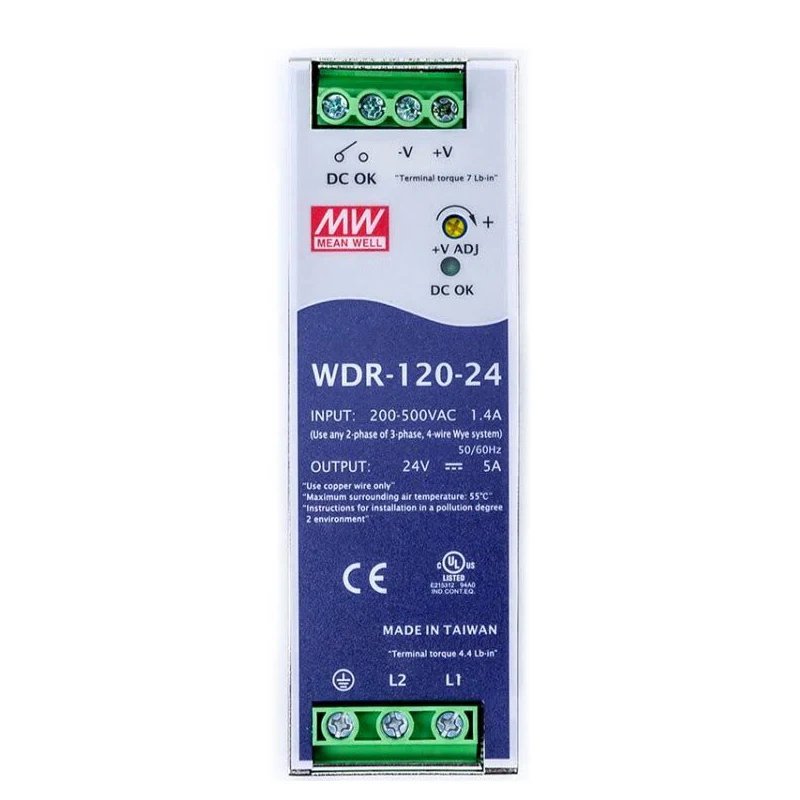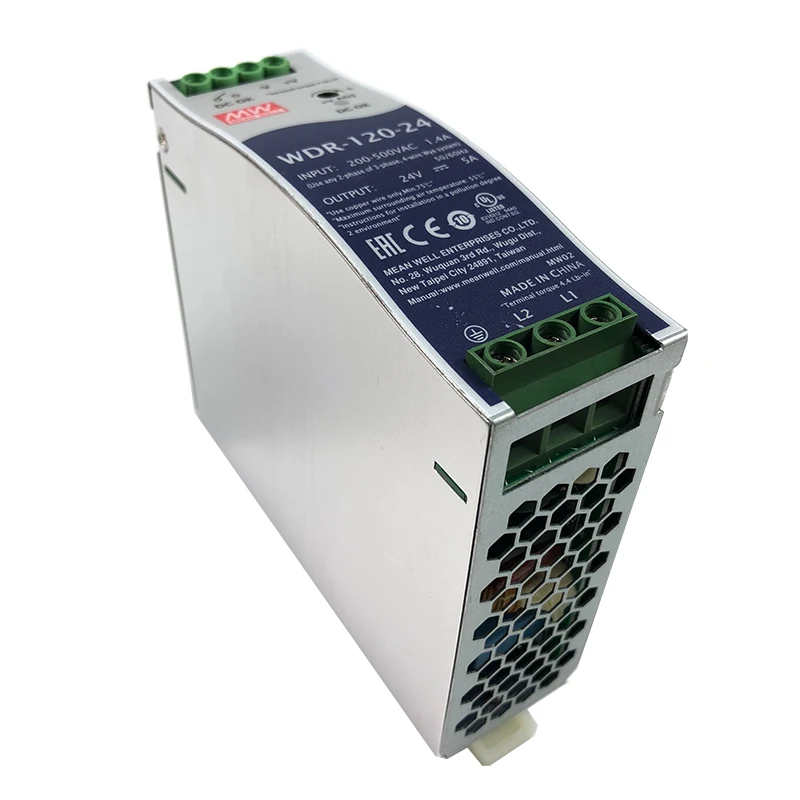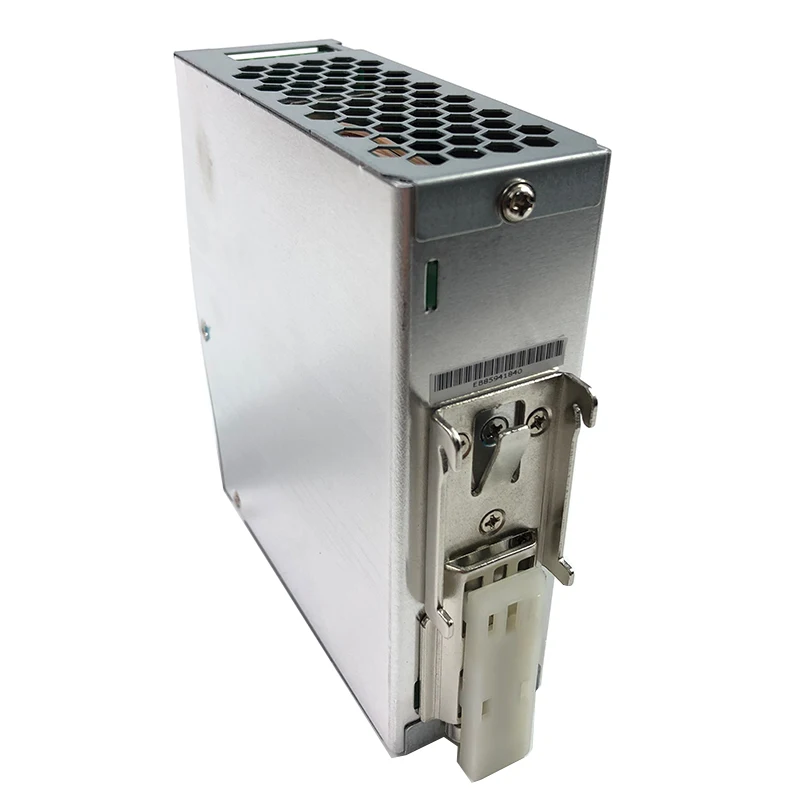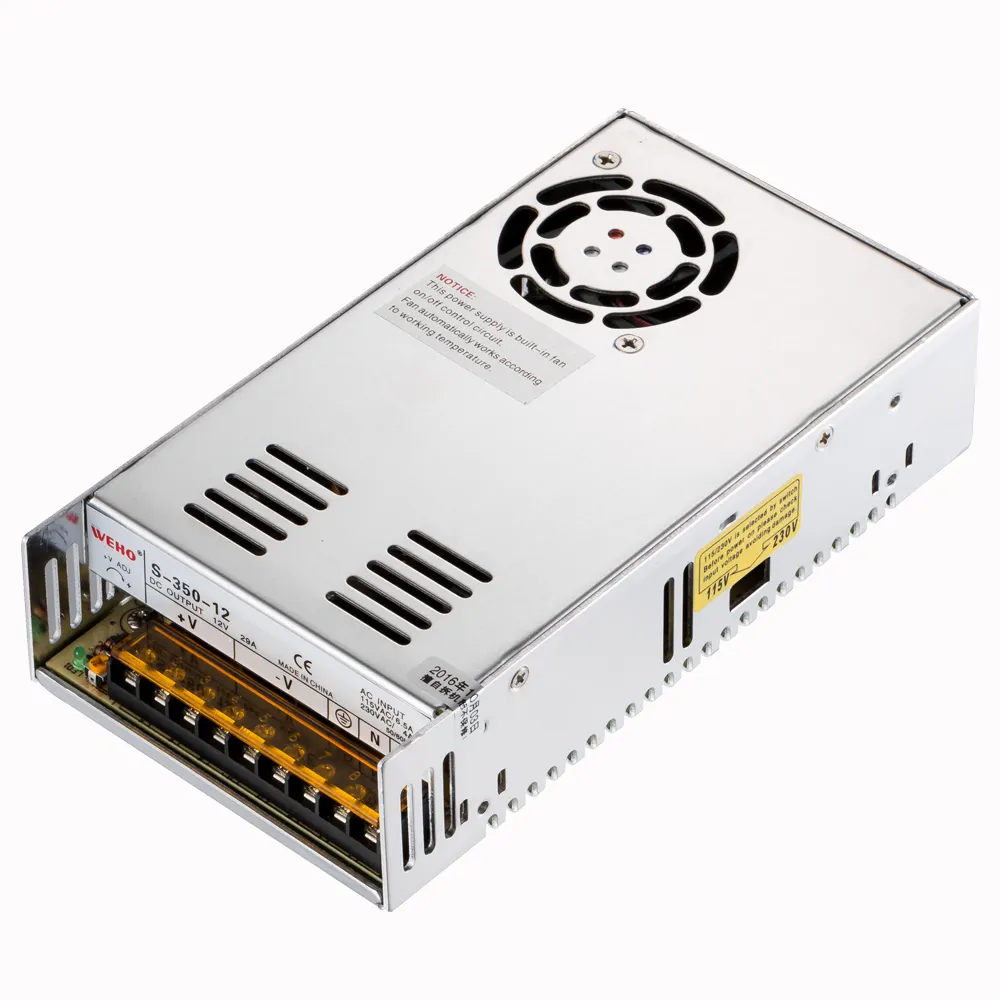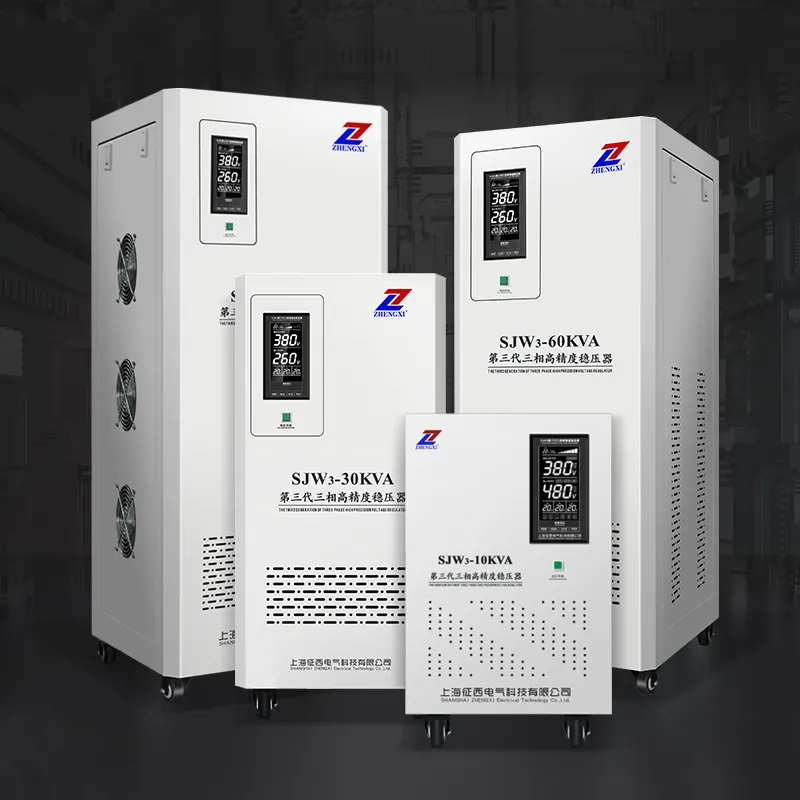Meanwell источник питания постоянного тока Регулируемый WDR-120-24 блок 24v 5a AC
- Категория: Power Supplies >>>
- Поставщик: Foshan,Deweixun,Intelligent,Technology,Co.,Ltd.
Поделиться:
Описание и отзывы
Трекер стоимости
| Месяц | Минимальная цена | Макс. стоимость |
|---|---|---|
| Sep-17-2025 | 0.75 $* | 0.83 $* |
| Aug-17-2025 | 0.9 $* | 0.95 $* |
| Jul-17-2025 | 0.64 $* | 0.36 $* |
| Jun-17-2025 | 0.22 $* | 0.74 $* |
| May-17-2025 | 0.54 $* | 0.8 $* |
| Apr-17-2025 | 0.5 $* | 0.99 $* |
| Mar-17-2025 | 0.45 $* | 0.0 $* |
| Feb-17-2025 | 0.69 $* | 0.45 $* |
| Jan-17-2025 | 0.27 $* | 0.82 $* |
Характеристики
Specification
Model | WDR-120-24 | ||||||
Warranty | 1year | ||||||
Country of origin | China | ||||||
Brand | Meanwell | ||||||
FAQ
Q1. Are you a trading company or a factory?
A. We are a trading company in Foshan, China, specializing in the production of original MEAN WELL brand power supply. We guarantee its authenticity and provide a warranty according to the model date sheet.
Q2. How to deal with the faulty?
A: First of all, we have a strict quality control system for our products. The unqualified rate will be less than 0.2%. Secondly,for the unqualified batch of products, we will repair them and send them to you again, or discuss solutions including recall according to the actual situation
Q3: Does your company accept OEM&ODM?
A: Yes, welcome OEM&ODM.
Q4. Can I havefree samples?
A. We can offer samples for free, but the shipping cost shall be negotiated by both sides.
Q5. What's the delivery
time? A. Our delivery time varies from 1 to 20 days depending on the products,after deposit.
Q6.How to order?
A. Understand application → type selection → inquiry → quotation → negotiation → sample → order/purchase order → batch production→ inquiry Space → Balance/Delivery → Further.
Q7: Do you instant chatting tools?
A: Yes, you may contact us by following ways:
* What's app: +86-13827792724
* Tel: +86-13827792724
* QQ: 1067927378qq.com
* Email: kelsey@fsdatavision.com
Q2. How to deal with the faulty?
A: First of all, we have a strict quality control system for our products. The unqualified rate will be less than 0.2%. Secondly,for the unqualified batch of products, we will repair them and send them to you again, or discuss solutions including recall according to the actual situation
Q3: Does your company accept OEM&ODM?
A: Yes, welcome OEM&ODM.
Q4. Can I havefree samples?
A. We can offer samples for free, but the shipping cost shall be negotiated by both sides.
Q5. What's the delivery
time? A. Our delivery time varies from 1 to 20 days depending on the products,after deposit.
Q6.How to order?
A. Understand application → type selection → inquiry → quotation → negotiation → sample → order/purchase order → batch production→ inquiry Space → Balance/Delivery → Further.
Q7: Do you instant chatting tools?
A: Yes, you may contact us by following ways:
* What's app: +86-13827792724
* Tel: +86-13827792724
* QQ: 1067927378qq.com
* Email: kelsey@fsdatavision.com
Products Description
Product Paramenters



Application of Bidirectional Switching Power Supply with Energy Recycle and AC Grid Function
With the enhancement of technology, comfort and convenience have been brought to humans; however, environmental issues and energy shortage follow. The arising environmental awareness and the urgent appeal to energy shortage solution expedite the development of renewable energy and green industry. Consequently, the adequacy of electric energy conversion and energy storage systems becomes
vital. Also, the development of solar energy-related technologies, wind energy, and fuel cells has gained more attention thanever.
This article focuses on the application of bidirectional power, BIC-2200 series, used on battery formation and grading step for quality control of lithium battery manufacture. BIC-2200 series features power recycle and power saving. Figure 1 shows a diagram of the AC-DC bidirectional switching power supply application.
vital. Also, the development of solar energy-related technologies, wind energy, and fuel cells has gained more attention thanever.
This article focuses on the application of bidirectional power, BIC-2200 series, used on battery formation and grading step for quality control of lithium battery manufacture. BIC-2200 series features power recycle and power saving. Figure 1 shows a diagram of the AC-DC bidirectional switching power supply application.

Lithium batteries have outstanding advantages such as high energy density, no memory effect, long cycle life, low self-discharge, ideal power sources for small and lightweight electronic devices such as mobile phones, cameras, laptops, portable measuring instruments, and high-energy power source for electric vehicles and military applications. Due to its wide application and massive market requirements, its production quality also attracts attention.
There are two major production processes of the battery. One is formation, and the other is grading. After the battery cell is manufactured, the internal positive and negative materials are activated through a specific charge and discharge procedure.
The formation process is to improve the charge and discharge performance, self-discharge, storage, and overall performance, while a simple way to describe the grading process is achieving battery capacity classification and performance sorting through the charging and discharging process. In terms of the production process principles, the formation and grading procedures are the same. Their functions can be integrated into the same system, acting as a charger. The formation and grading system can charge and
discharge many battery cells at the same time.
As in the process of formation and grading, the battery cells need to be continuously charged and discharged, the power consumption is a considerable production cost. To save production costs, the manufacturer can design a formation and grading system through the bidirectional power supply BIC-2200 series and bidirectional DC/DC converter as shown in Figure 2. With the bidirectional power supply BIC-2200 and bidirectional DC/DC converter working under forwarding conversion, the battery can be
charged. Vice versa, in the reverse conversion, the battery can be discharged. When the battery is discharged, the electric energy is recycled back into the AC grid and provided to other AC loads to save electricity costs.
There are two major production processes of the battery. One is formation, and the other is grading. After the battery cell is manufactured, the internal positive and negative materials are activated through a specific charge and discharge procedure.
The formation process is to improve the charge and discharge performance, self-discharge, storage, and overall performance, while a simple way to describe the grading process is achieving battery capacity classification and performance sorting through the charging and discharging process. In terms of the production process principles, the formation and grading procedures are the same. Their functions can be integrated into the same system, acting as a charger. The formation and grading system can charge and
discharge many battery cells at the same time.
As in the process of formation and grading, the battery cells need to be continuously charged and discharged, the power consumption is a considerable production cost. To save production costs, the manufacturer can design a formation and grading system through the bidirectional power supply BIC-2200 series and bidirectional DC/DC converter as shown in Figure 2. With the bidirectional power supply BIC-2200 and bidirectional DC/DC converter working under forwarding conversion, the battery can be
charged. Vice versa, in the reverse conversion, the battery can be discharged. When the battery is discharged, the electric energy is recycled back into the AC grid and provided to other AC loads to save electricity costs.

MEAN WELL is going to launch, BIC-2200 series, bidirectional switching power supply with energy recycle and AC grid function. This series is a 2.2kW dual-way power supply. It is designed to both control the power transmission from the AC grid to the DC side and the energy recycled from the DC side to the AC grid. The bidirectional switching power supply allows the grid to charge the battery and feed the electric energy back into the AC grid to achieve energy recycling.
BIC-2200 is designed with a built-in parallel function, remote control, and digital communication function, providing a wide range of design flexibility for battery test equipment, charging stations, laser systems, and kinetic energy recovery systems.
If you have any questions about the bidirectional switching power supply, please feel free to contact MEAN WELL technical service personnel.
BIC-2200 is designed with a built-in parallel function, remote control, and digital communication function, providing a wide range of design flexibility for battery test equipment, charging stations, laser systems, and kinetic energy recovery systems.
If you have any questions about the bidirectional switching power supply, please feel free to contact MEAN WELL technical service personnel.
Recommend Products
Certifications

Company Profile

Logistics & Delivery


